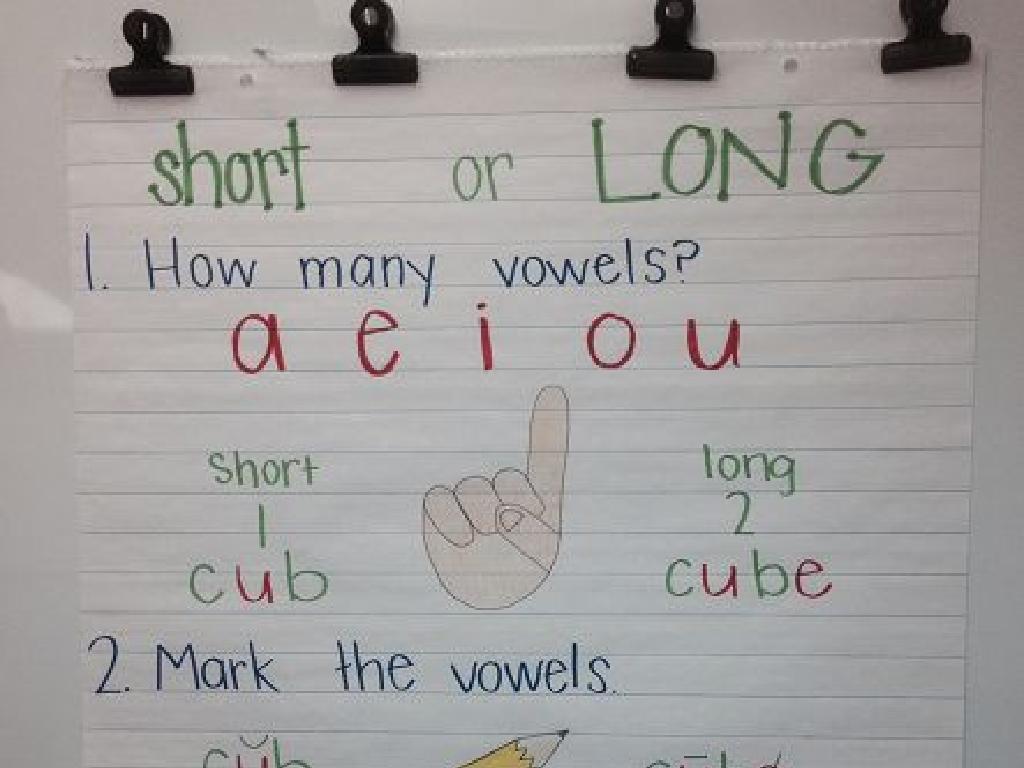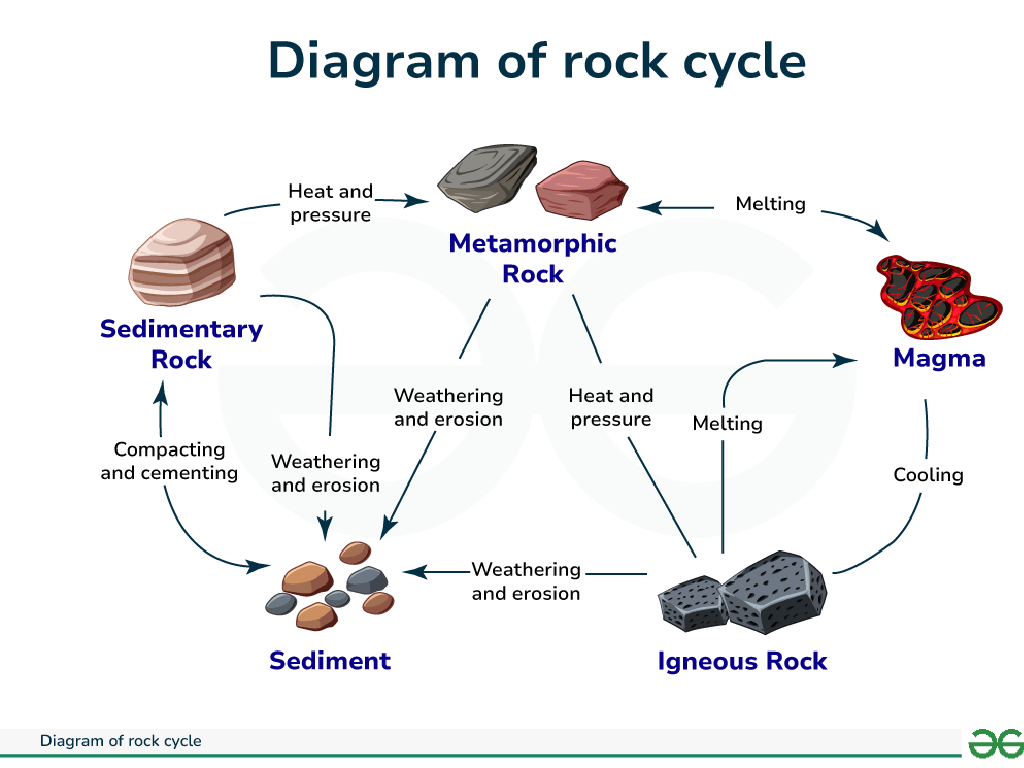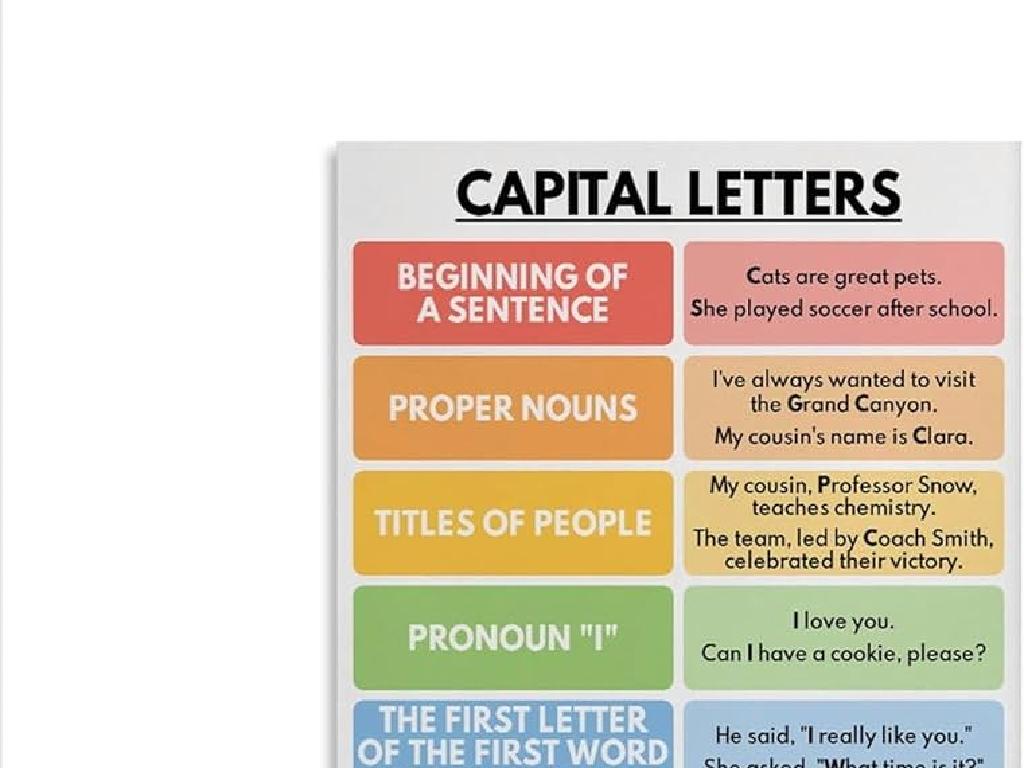Divide Decimals By Whole Numbers
Subject: Math
Grade: Sixth grade
Topic: Multiply And Divide Decimals
Please LOG IN to download the presentation. Access is available to registered users only.
View More Content
Dividing Decimals by Whole Numbers
– Understand decimals and division
– Decimals represent parts of a whole; division is sharing equally.
– Importance of dividing decimals
– Essential for advanced math, finance, and science.
– Real-life decimal division applications
– Used in money transactions, measurements, and data analysis.
|
This slide introduces the concept of dividing decimals by whole numbers, which is a fundamental skill in mathematics. Start by explaining what decimals are and how they represent fractions of a whole. Then, discuss division as the process of splitting a number into equal parts. Emphasize the importance of this skill in various aspects of life, including managing finances, understanding measurements in cooking or construction, and analyzing data in science experiments. Provide examples such as dividing a dollar into cents or splitting a meter into centimeters. Encourage students to think of other scenarios where they might need to divide decimals. The goal is to help students see the relevance of what they’re learning to real-world situations.
Review of Decimal Concepts
– Recap: What are decimals?
– Decimals represent fractions of a whole, like 0.5 is half.
– Understanding place value
– Each decimal place has a value ten times smaller than the one before it.
– Decimals in daily life
– Money uses decimals: $3.75 means 3 dollars and 75 cents.
– Practice with real examples
– Let’s look at prices and measurements to see decimals in action.
|
Begin with a brief review of what decimals are, emphasizing their role in representing parts of a whole. Clarify the concept of place value, which is crucial for understanding and working with decimals, especially when it comes to operations like division. Use everyday examples, such as money, to illustrate how decimals are used in real life, making the concept more relatable. Encourage students to think of other examples where they encounter decimals. Conclude with some practice problems that involve real-life scenarios, such as calculating money or measuring ingredients in a recipe, to reinforce their understanding of decimal concepts.
Review of Division: Basics to Decimals
– Understanding division
– Division is splitting into equal parts or groups
– Key terms in division
– Dividend: number being divided, Divisor: number you divide by, Quotient: result, Remainder: left over
– Simple division refresher
– Example: 20 ÷ 4 = 5. Dividend is 20, divisor is 4, quotient is 5
– Transition to decimals
– Applying division skills to decimal numbers
|
This slide is aimed at refreshing the concept of division before introducing the division of decimals. Start by explaining division as the process of dividing something into equal parts. Introduce the key terms: dividend, divisor, quotient, and remainder, with clear definitions and roles in division. Use simple whole number examples to demonstrate a division problem. After students are comfortable with the basics, explain that these concepts will now be applied to dividing decimals by whole numbers, setting the stage for the next part of the lesson.
Dividing Decimals by Whole Numbers
– Setting up a division problem
– Align the decimal in the dividend with the decimal in the quotient.
– Decimal point in division
– The decimal point rises straight up into the quotient.
– Step-by-step division guide
– Divide as if working with whole numbers, then place the decimal.
– Practice with examples
– Example: 12.3 ÷ 3. Align, divide, and place the decimal: 4.1.
|
When teaching students to divide decimals by whole numbers, start by showing them how to set up the problem correctly. Emphasize the importance of the decimal point’s position in both the dividend and the quotient. Provide a clear, step-by-step method for dividing, treating the numbers as if they were whole until it’s time to place the decimal point in the answer. Reinforce learning with practice problems, ensuring students understand the process and can apply it to different examples. Encourage them to check their work by multiplying the quotient by the divisor to see if they get the original dividend.
Dividing Decimals by Whole Numbers
– Step-by-step example walkthrough
– Let’s solve 12.6 ÷ 3 together, showing each step clearly.
– Common pitfalls and avoidance
– Forgetting to align decimal points can lead to errors.
– Class practice with similar problems
– Try 8.4 ÷ 2 and 7.35 ÷ 5 on your own or in pairs.
– Review and clarify doubts
|
Begin with a detailed example, such as 12.6 divided by 3, and demonstrate each step on the board. Emphasize the importance of aligning the decimal point in the quotient with the decimal point in the dividend. Discuss common mistakes, such as misplacing the decimal or not bringing it up into the answer. Allow students to practice by solving problems individually or in pairs to reinforce the concept. Circulate the room to provide help as needed. Conclude with a review of the problems solved and an opportunity for students to ask questions and clarify any doubts they may have.
Strategies for Dividing Decimals by Whole Numbers
– Estimate to predict answers
– Round decimals to nearest whole number to estimate
– Multiply to check your work
– After dividing, multiply quotient by divisor to see if you get the dividend
– Practice with varied difficulty
– Start with simple numbers, then try more challenging decimals
– Understand place value
– Knowing the value of each digit helps in division
|
This slide aims to equip students with effective strategies for dividing decimals by whole numbers. Estimation helps students to predict the answer and check if their final answer is reasonable. Multiplication is an essential step to verify the correctness of their division. Practicing problems of increasing complexity ensures that students build their skills progressively. Understanding the place value system is crucial as it aids in aligning the decimal points correctly during division. Encourage students to apply these strategies in their practice sessions and remind them that making mistakes is a part of learning. Provide examples and exercises for each strategy to reinforce the concepts.
Interactive Class Activity: Division Exploration
– Divide into groups and solve problems
– Each group explains their method
– Share how you divided decimals by whole numbers
– Discuss the variety of solutions
– Compare different methods used by groups
– Reflect on the learning experience
– What did we learn from this activity?
|
This interactive class activity is designed to foster collaborative learning and critical thinking. Students will be divided into small groups, each tasked with solving a set of problems involving the division of decimals by whole numbers. After solving the problems, each group will present their method and answers to the class, providing an opportunity for students to explain their reasoning and demonstrate their understanding. The class will then engage in a discussion about the different approaches taken by each group, allowing students to see multiple perspectives and strategies. This activity not only reinforces the mathematical concept but also enhances communication skills. As a teacher, facilitate the discussion by asking probing questions, highlighting effective strategies, and ensuring that each group’s method is understood by all. Encourage students to reflect on what they learned from the activity and how they can apply these strategies to future problems.
Homework and Further Practice: Dividing Decimals
– Complete assigned homework problems
– Explore online resources for assistance
– Websites like Khan Academy offer great tutorials
– Review upcoming topic: Multiplying Decimals
– Get a head start on multiplying decimals for our next lesson
– Practice makes perfect!
|
This slide is meant to provide students with guidance on their post-lesson activities. Assign a set of problems that cover a range of difficulties to ensure thorough practice of dividing decimals by whole numbers. Encourage students to seek out additional help through reputable online platforms, which can offer interactive exercises and step-by-step tutorials. Also, give them a preview of the next topic, multiplying decimals, to mentally prepare them for the continuation of the series. Emphasize the importance of regular practice to solidify their understanding of the concepts taught in class.
Wrapping Up: Dividing Decimals
– Recap: Dividing decimals by whole numbers
– Remember to align the decimal points and bring it up into the quotient.
– Address any unanswered questions
– Preview: Next class on Multiplying Decimals
– We’ll explore how to multiply decimals without a calculator.
– Encourage practice at home
– Try solving a few problems to reinforce today’s lesson.
|
As we conclude today’s lesson on dividing decimals by whole numbers, it’s important to summarize the key steps and ensure that students are comfortable with the process. Remind them to align the decimal points and bring it straight up into their answer. Address any lingering questions to clarify doubts. Looking ahead, give students a sneak peek into the next lesson on multiplying decimals, which builds on their understanding of decimal placement. Encourage students to practice tonight’s concept at home to solidify their skills, as practice is crucial for mastery in mathematics.






